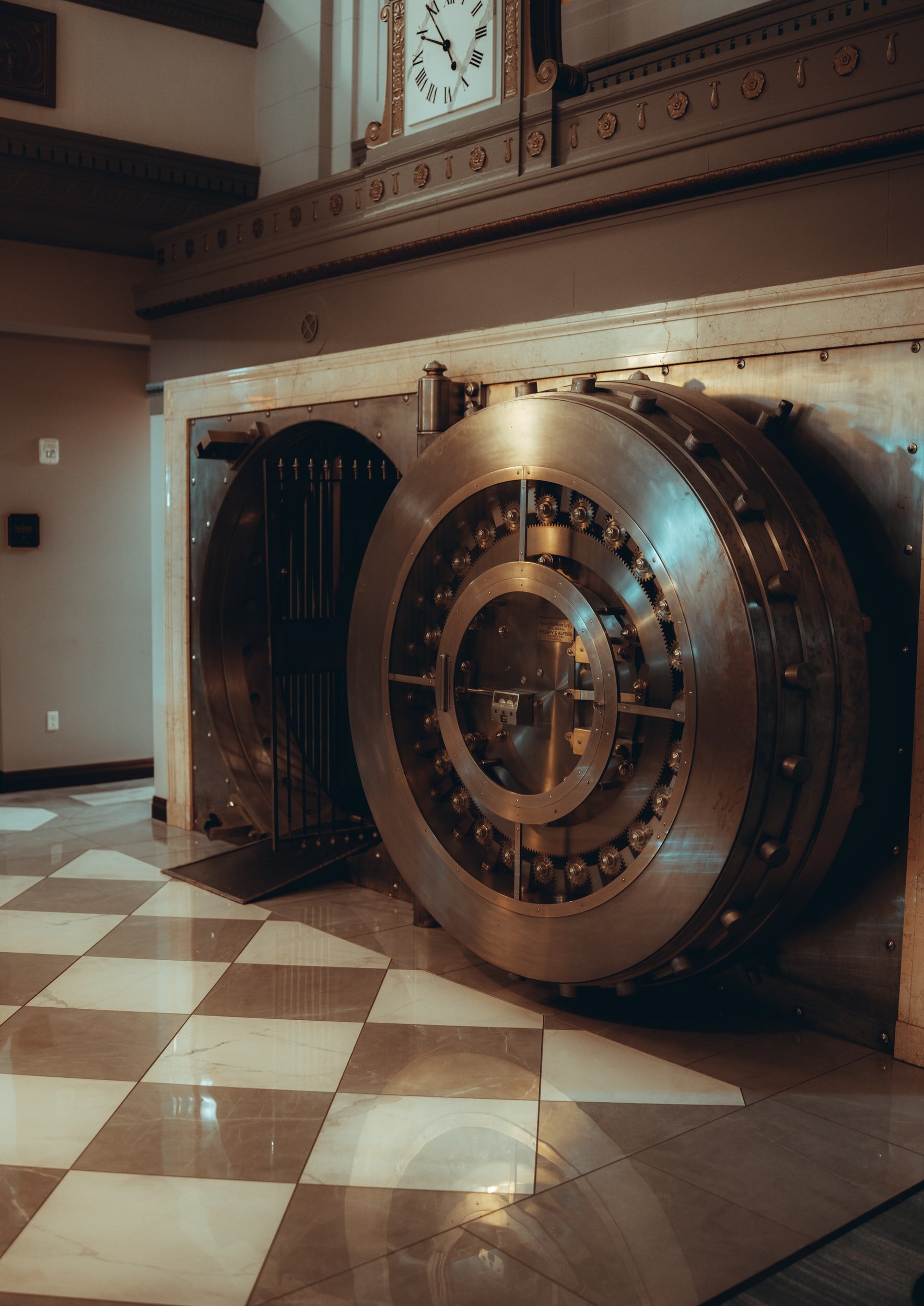Two (and a Half) Options for Claiming Employee Home Office Expenses in 2020
As numerous employees shifted from their offices to their homes, Revenue Canada (CRA) and accountants were deluged with questions about how they could claim home office expenses during the early days of the pandemic. To stave off the complaints and questions, CRA decided to introduce a simplified method of claiming a tax deduction. It should be noted that employees have always been allowed to claim expenses relating to their employment as long as their employers completed and signed form T2200. The information from this form would then be entered on Schedule T777 of your personal tax return. The issue with completing form T2200 and then entering it all onto Schedule T777 is a somewhat tedious process and does not necessarily accommodate claims for all employees’ who worked from home, especially as a result of Covid imposed restrictions.
With the introduction of the new deduction, there are now two options for claiming home office expenses for employees: (the half is because the second option also has two options)
1. Temporary Flat Rate Method
This is the new method that CRA introduced in 2020, and continues into 2021, that allows any employee who worked from to claim home office expenses subject to certain criteria:
For the calendar year 2020 employees can claim $2 for each day that you worked from home up to a maximum of $400 per year up to a maximum of 200 working days. For 2021 the temporary flat rate method allows you to claim $2 per day for up to 250 days. It should be noted that after deducting weekends, vacation and sick days you might be left with less than 250 days even if you worked the full year from home, so make sure that your calculation is accurate.
You are eligible if you worked at least 50% of the time from home for 4 consecutive weeks
As long as you worked from home for at least 50% of the time for 4 consecutive weeks, which would give you a total claim of $56, you can claim any of the other days that you worked from home.
You are eligible even if if you were given the choice to work from home by your employer due to Covid-19 i.e. it was not mandatory that you worked from home.
This also applies if you’re part time and meet the same criteria where you worked 50% of the time from home over a consecutive 4 week period
To claim this your employer should not have reimbursed you for ALL of your home office expenses
You cannot claim work-space-in-the-home expenses if you did not work more than 50% of the time from home during a consecutive 4 week period.
No documents are required with this new simplified method
You also don’t have to calculate the size of your workspace or retain documents to support your claim (although it is still always a good idea to do so)
Only days worked full time and part time can be counted. Sick leave or vacation does not qualify for the claim
2. Detailed Method
The detailed method of claiming home office expenses allows you to claim specific home office expenses that you actually incurred based on a calculation.
Pros of the detailed method are:
You can potentially claim a higher deduction
Cons of the detailed method are:
Your employer has to sign form T2200 or T2200s
You have to complete Schedule T777 or T777s on your tax return which is more work than simply claiming the $2 per day
There are only specific expenses that you can claim
Higher fees if you use a tax preparer
What is the T2200 vs the T2200s
The T2200 is the regular form that employers have to fill out and sign if their employees are working from home. This covers home office expenses and also other employment expenses such as supplies, cell phones and vehicles
For 2020, The T2200s is a simplified version of the T2200 in that it only has one section for home office expenses.
You would use a T2200s if you only have home office expenses and no other employee related expenses such as supplies and vehicles
If you have other employment related expenses in addition to home office expenses that you would like to claim, your employer then needs to sign the T2200
Both T2200 and T2200s documents can be signed electronically
Home office expenses using either the simplified (T2200s) or regular (T2200) detailed method
The information below pertains to both the simplified and regular detailed method:
If you are claiming the home office expense deduction using this method, the first step calculate the size of your workspace and divide it by total size of your home (finished areas only). CRA has a detailed description on how to calculate this.
Expenses that can be claimed if you are using the detailed method are:
electricity
heat
water
utilities portion (electricity, heat, and water) of your condominium fees
home internet access (ongoing basic reasonable monthly fees for internet. If you have a super deluxe internet package you cannot claim the full amount)
maintenance and minor repair costs
rent paid for a house or apartment where you live
Expenses that cannot be claimed
mortgage interest
principal mortgage payments
home internet connection fees
furniture
computer and electronics
other capital expenses (replacing windows, flooring, furnace, etc)
wall decorations
If you are using the simplified detailed method and having your employer sign a T2200S, then you cannot claim any other employment expenses
Other employment expenses using the detailed method (only with form T2200)
If you are using the regular detailed method where your employer signs a T2200, then you can also claim other employment expenses as follows:
Supplies and telephone can be claimed but these are separate from home office expenses.
CRA has a list of 59 common types of supplies and whether they are claimable. For salaried employees most items are not claimable. Items that are claimable include envelopes, folders, ink cartridges etc. The list can be found at this link by expanding the “office supplies” section
Cell phone expenses can be claimed (separately) but have to be apportioned based on personal vs business use. None of the accessories nor the phone itself can be claimed.
Landlines – only chargeable expenses that relate to work eg. long distance. The monthly fee etc. cannot be claimed
Vehicle Expenses are allowable for salaried employees under certain specific conditions which are laid out quite clearly in this link from CRA. The link also details the expenses that you can claim. It should be noted that CRA considers driving back and forth between home and work as personal use. If you are planning to claim vehicle expenses, you should keep a log book of business related travel.
Which Method of Claiming Home Office Expenses Should You Use?
There are a few factors to take into consideration when determining which method to use:
If you have a simple tax return, have not claimed home office expenses in the past and will likely not do so in the future, then the temporary flat rate method might be the best choice
Conversely if you claim home office expenses every year then it likely makes sense to continue using the detailed method, assuming your claim is higher than the max amount of $2 per day.
Those who pay rent and have a separate space in their homes dedicated to a home office might consider using the detailed method as this will likely result in a higher claim. If you on the other hand have a mortgage then your claim will be lower using the detailed method.
Similarly if your utilities and other claimable expenses are high you should at the very least do a calculation and compare to see which method will result in a higher deduction.
Consider any additional costs for preparing your tax return using the detailed method. While this is not rocket science and I encourage people to do their own tax returns, there is an additional level of complexity that might be frustrating for some to do it on their own.
If you have other employment expenses like supplies and cell phones, you should also consider using the detailed regular method (T2200) as this will allow you to claim a higher deduction
If you have some time on your hands it is a good idea to calculate your claim under each of the three methods. This link from CRA allows you to do that and then decide which route you are going to take.
Can you claim home office expenses with Revenue Quebec:
On December 16, 2020, Revenu Québec announced that it will also temporarily simplify the 2020 employee deduction for home office expenses incurred during the COVID-19 pandemic. Paralleling the simplified federal method, for 2020, eligible employees will be able to claim a Quebec personal income tax deduction for these expenses at a flat rate of $2 per day worked at home in 2020 due to COVID-19, up to a maximum of $400. For 2021, the claim amount has increased to be consistent with CRA at $2 per day up to a maximum of 250 days. Submission of form TP-64.3 General Conditions of Employment will not be required, nor will retention of supporting documents to verify the deduction.
Employees may continue to use the traditional detailed method to calculate the Quebec deduction for home office expenses, in which case the employer must provide form TP-64.3. Revenu Québec will provide an online calculation tool to assist individuals in determining their deductible home office expenses for 2020.
For more information on this click on this link and scroll down to employment expenses
Ronika Khanna is an accounting and finance professional who helps small businesses achieve their financial goals. She is the author of several books for small businesses and also provides financial consulting services.
Subscribe to my biweekly newsletter to receive articles, tips, tools and special offers for small businesses.










